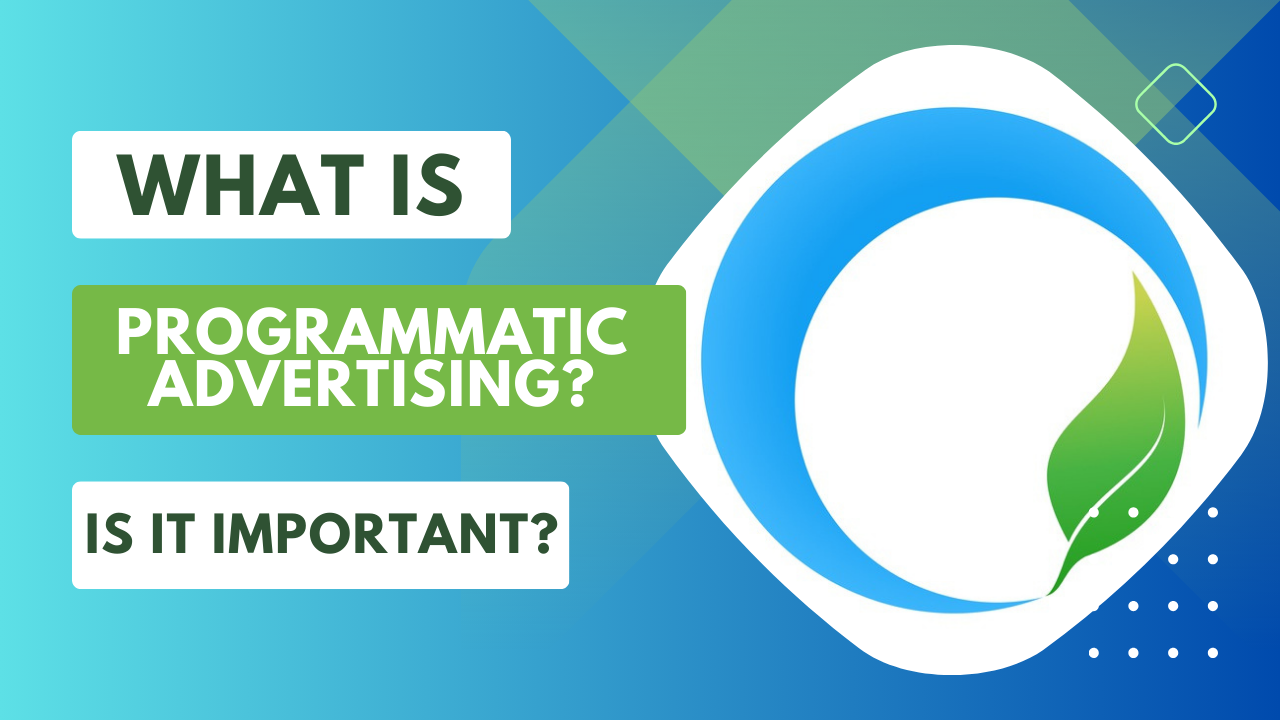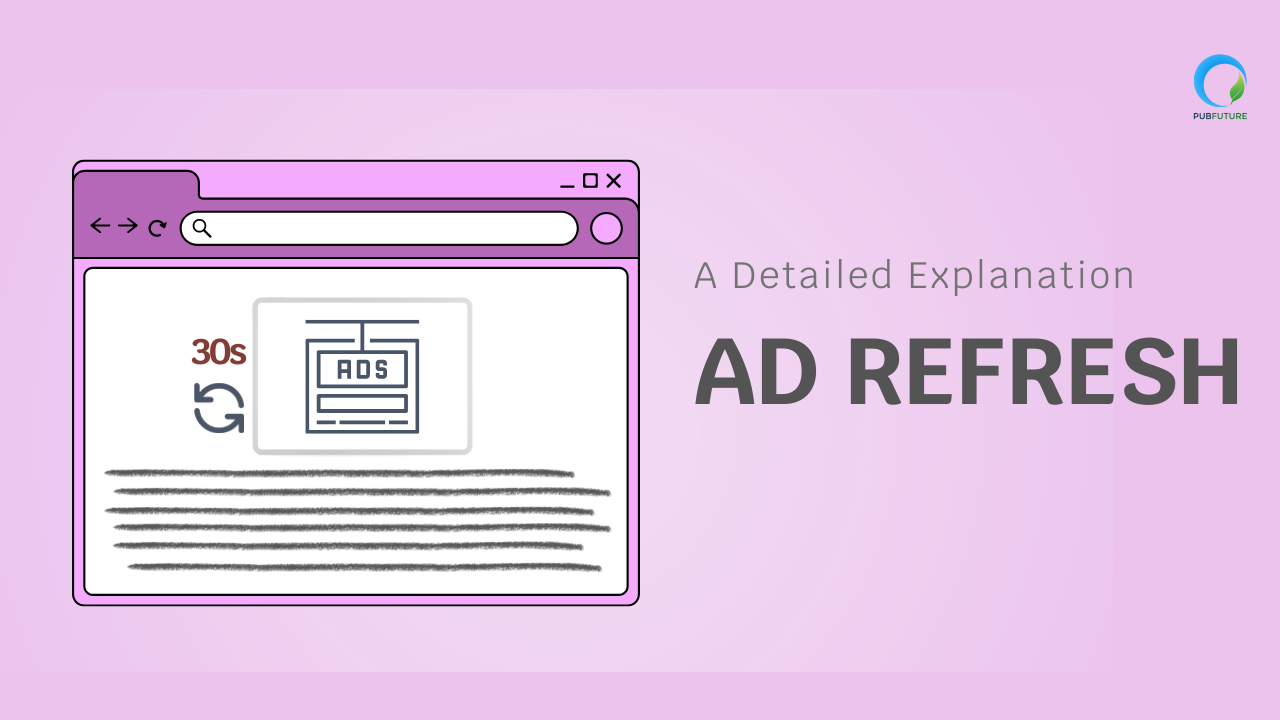In today’s digital advertising ecosystem, maximizing revenue opportunities is critical for publishers and advertisers. Publishers must ensure that they sell their ad inventory at the best possible price with a multitude of ad networks and exchanges. This is where passback technology comes into play. It’s a valuable solution that helps optimize ad delivery and revenue generation, especially in programmatic advertising. In this blog, we will cover the fundamentals of passback technology, its benefits in ad networks, and effective strategies for implementation.
What is Passback Technology?
Passback is a technology that has transformed the landscape of online advertising. It is the process of passing an ad request from one ad server to another when the first server cannot fill the request. It enables publishers to sell their unsold inventory to other ad networks instead of leaving it empty. This enhances their fill rates and creates new revenue opportunities. Meanwhile, advertisers gain access to premium ad placements that might have been previously unavailable.
How Passback work
Passback technology in advertising works by redirecting unsold or underperforming ad impressions to another ad network or demand source. Here’s a step-by-step breakdown of how it operates:
Step 1. Ad Request to Network 1: When a webpage or app requests an ad, it first goes to a primary ad network (Ad Network 1).
Step 2. No Fill or Low Bid: If Ad Network 1 cannot fill the request (e.g., the bid is too low or there’s no suitable ad), it will not place an ad in the space.
Step 3. Passback Trigger: When the first network doesn’t fill the ad space, the system triggers the passback. It then passes the unsold ad impression to another ad network (Ad Network 2).
Step 4. Ad Filled by Network 2: The second ad network (or another fallback network) receives the passback and attempts to fill the ad space. If successful, it serves an ad in that spot, preventing lost revenue and an empty ad space.
Step 5. Repeat if Necessary: If the second network fails to fill the space, additional networks can take over the process until someone fills the ad impression or no further fallback options remain.

In essence, passback technology helps publishers maximize revenue by allowing them to pass unsold impressions to multiple ad networks until they successfully monetize them, preventing any ad opportunity from being wasted.
Key Benefits of Passback in Advertising
1. Enhancing Fill Rates and Ad Revenue
Passback technology is effective for increasing fill rates and boosting ad revenue for both publishers and advertisers. By allowing publishers to fill unsold inventory through the ad chain, more ads can be displayed to users. For advertisers, passback expands access to a larger inventory pool, enabling them to increase the scale of their ad campaigns and reach a broader audience.
2. Balancing Ad Quality and User Experience
Ad networks must carefully balance ad quality with user experience to avoid becoming intrusive or annoying. Passback technology supports this balance by creating more opportunities to display ads without disrupting the user experience, while also upholding high-quality standards that ensure ad relevance and effectiveness.
3. Increased Flexibility and Control
Passback technology offers greater control over how ad inventory is managed. Publishers can set parameters for when and how passbacks are triggered, allowing them to fine-tune their ad monetization strategy. Whether it’s working with specific networks, prioritizing high-performing campaigns, or setting a minimum bid threshold, passback technology provides a level of customization that can be tailored to a publisher’s unique needs.
4. Optimization for Programmatic Advertising
The competition between demand sources for ad inventory can be fierce in programmatic advertising. Passback technology allows publishers to use multiple demand sources to optimize ad performance. It ensures that the highest bidder always wins the ad placement, increasing competition and resulting in better CPMs (Cost Per Thousand Impressions). This also helps publishers maintain control over the value of their inventory.
Implementing Passback Strategies
When implementing passback strategies, several key considerations are essential for maximizing revenue for both publishers and advertisers by ensuring ad inventory is consistently filled with high-quality ads. Here are important details to consider:
1. Setting Up Passback Tags
The first step is correctly setting up passback tags. This involves creating code snippets to be placed on the publisher’s website to send passback requests to the ad network. While this process should be straightforward, it may require technical expertise. Publishers and advertisers should collaborate with their ad network partners to ensure proper setup and optimization for peak performance.
Passback tags must seamlessly integrate with existing ad tags on the publisher’s site. They should be lightweight and fast-loading to avoid slowing down page load times and compatible with various ad formats, including display, native, and video ads.
2. Choosing the Right Ad Partners
Selecting the right ad network partners is crucial for passback success. Publishers and advertisers should seek networks that offer high fill rates, quality ads, and accurate reporting. It’s also beneficial to choose partners with low latency and high uptime to minimize technical issues.
3. Monitoring and Optimizing Passback Performance
Ongoing monitoring and optimization are vital to ensure passback strategies function effectively. Publishers and advertisers should track metrics such as fill rates, ad relevance, click-through rates, conversion rates, and revenue generated. This data allows for necessary adjustments to ad strategies, including changes in formats, targeting, or bid prices.
Additionally, keeping an eye on competitors is important. By analyzing the ad strategies of others in the same niche, publishers, and advertisers can uncover new opportunities to enhance their own approaches and stay competitive.
Conclusion
Passback technology is an invaluable resource for both online advertisers and publishers. Its capacity to enhance fill rates, boost ad revenue, and improve user experience makes it a vital component of any ad network strategy. However, to fully leverage the advantages of passback, it’s crucial to implement effective strategies, select reputable partners, and stay updated with evolving technologies and regulations.
You are a publisher looking for passback technology to improve fill rates and increase ad revenue for your website? Come to Pubfuture. With more than 10 years of experience in optimization and a deep pool of ad campaigns, PubFuture has supported web publishers, media, and tech companies with their revenue growth between 15 – 100% via our superior optimization solution Header Bidding across premium partners by using forward-thinking technology, premium demands, and effective ad operations expertise.









